I spent a rainy day in Hiroshima, learning about its traumatic history. Starting at the Atomic Bomb Dome site, I was astounded to see the building’s structure remaining intact after the bomb had obliterated everything within 3.5km of it. I learned that as the bomb came from above, the building’s vertical columns were able to withstand the downward force of the blast. If I am not wrong, it was probably the only building that had just about survived. Today, it is held up by visibly seen metal framework. It is part of the Hiroshima Peace Memorial Park and within walking distance to the Children’s Peace Monument and Peace Memorial Museum.

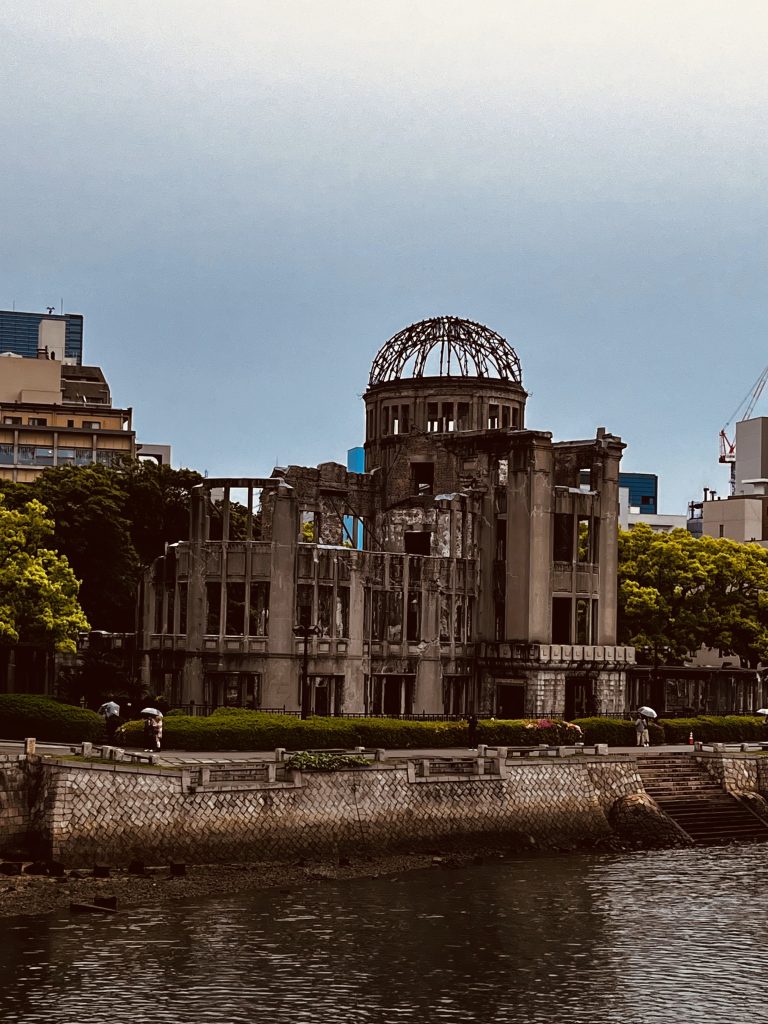
I learned about a 12 year old girl called Sadako Sasaki, whose statue with a paper crane in the park is a reminder of how many children had died from radiation. She was 2 years old when the atomic bomb was dropped on Hiroshima. She miraculously survived, but not without the sufferings caused by radiation. She passed away at the age of 12 and became an international symbol of peace. You can learn more about her at the Peace Memorial Museum.
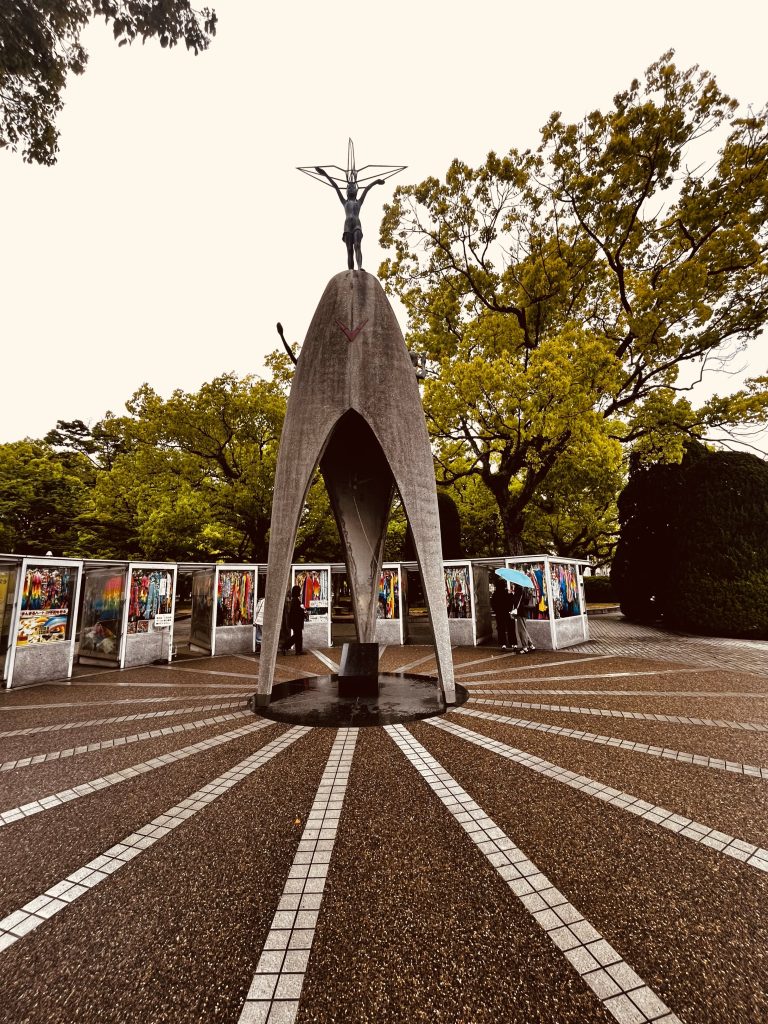
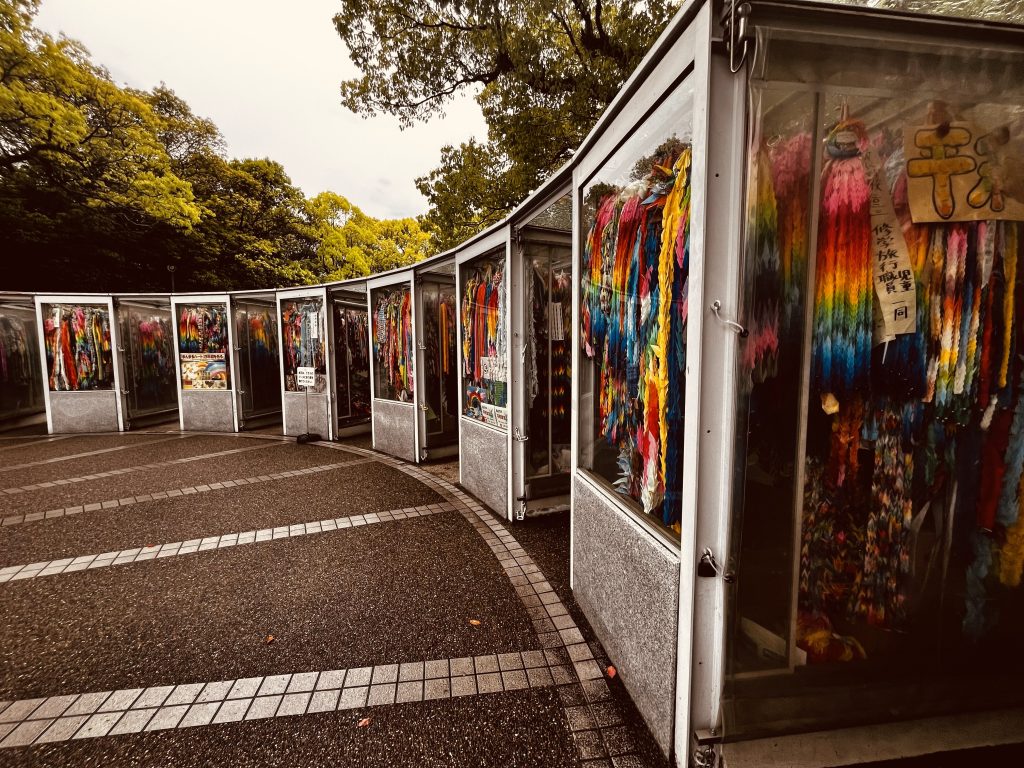
In the same park, I found a Peace Bell, symbolising a mission to create a world without nuclear weapons and war. Surrounded by a beautiful pond with lotus leaves, visitors are encouraged to ring the bell (gently). The sound of a bell ringing symbolises peace and hope in the hearts of those who ring it.
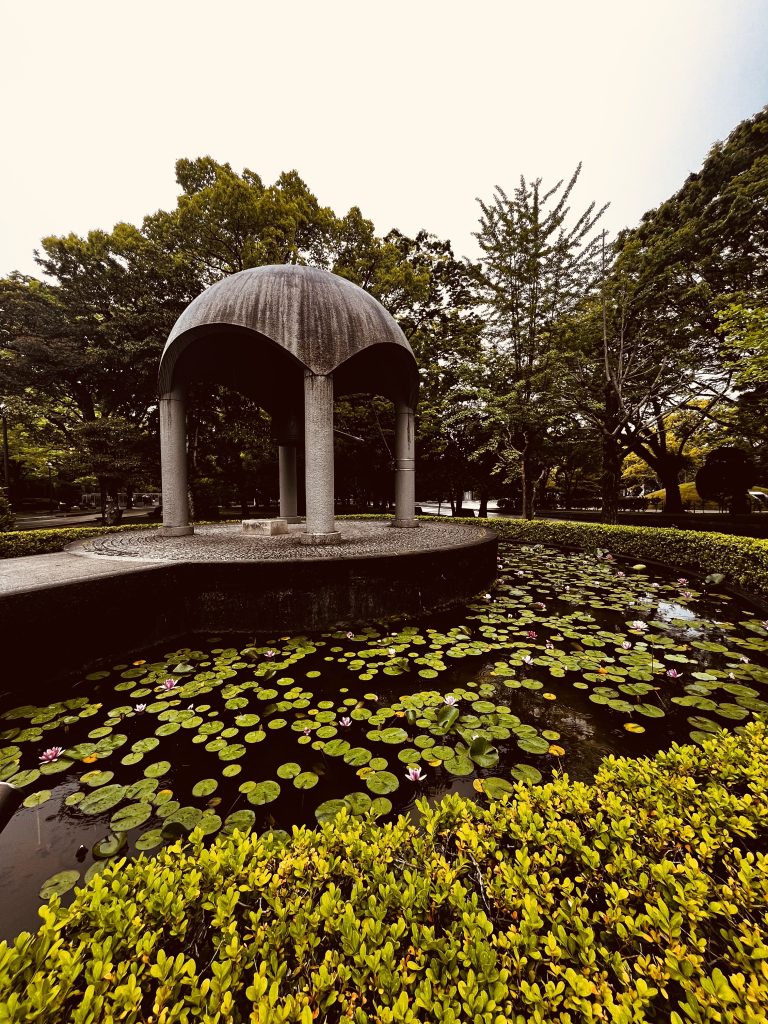
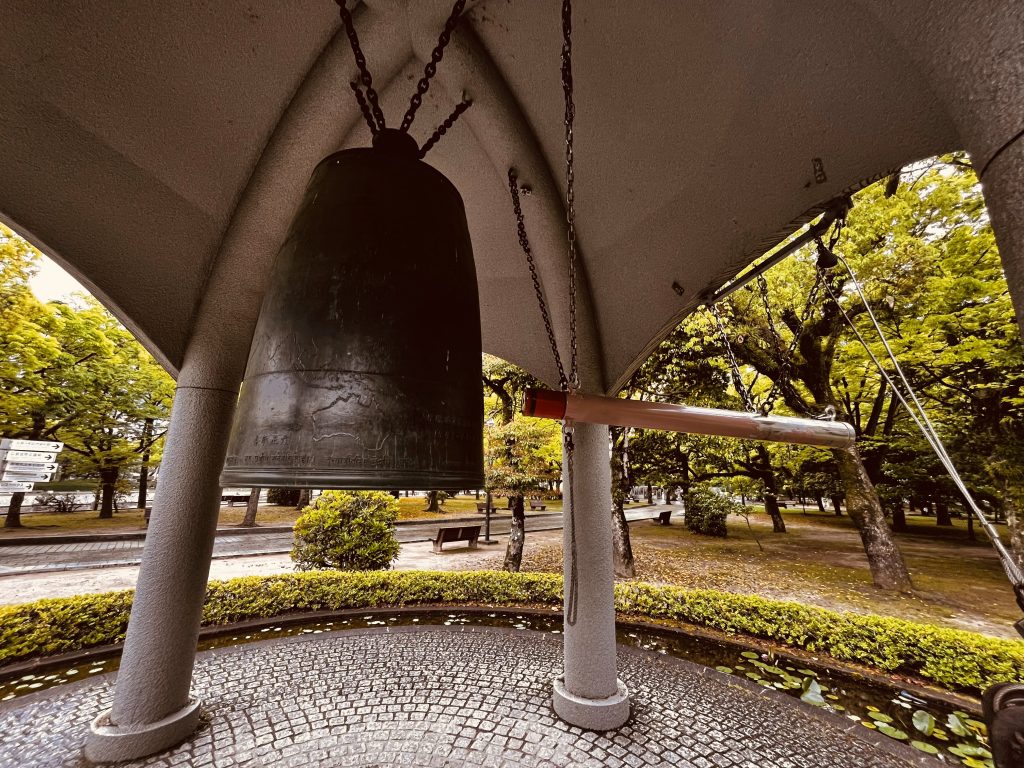
Below is a bust of Miekichi Suzuki. He was considered to be the “Father of Children’s Literature”, launching Red Bird, a children’s magazine in 1918. While he had died before the second world war began, his bust here symbolises Hiroshima’s recovery and world peace. The inscription on the monument reads: I will forever dream, simply as I did in my boyhood, and therefore suffer only a little. Miekichi.


I visited the Peace Memorial Museum, which is dedicated to the victims. It was a rather emotional and sombre visit that lasted over two hours. There was a lot to see and take in. It was hard to keep my emotions in as I walked through each section of the museum learning about the horrific effect the atomic bomb had on the victims and the city. It is one thing to learn about this event through the pages of history textbooks, and another, to visit a place where it happened. The purpose of the museum is to show the horrors and the reality of the atomic bomb, and its aftermath.
The museum has collected and exhibited everything that was impacted by the atomic bomb. These also include belongings from victims, such as clothes, household materials, and other personal items. There are videos and models to show what Hiroshima looked like before and after the dropping of atomic bomb. It was a sobering visit, and one that I highly recommend to anyone who plans to visit Hiroshima.
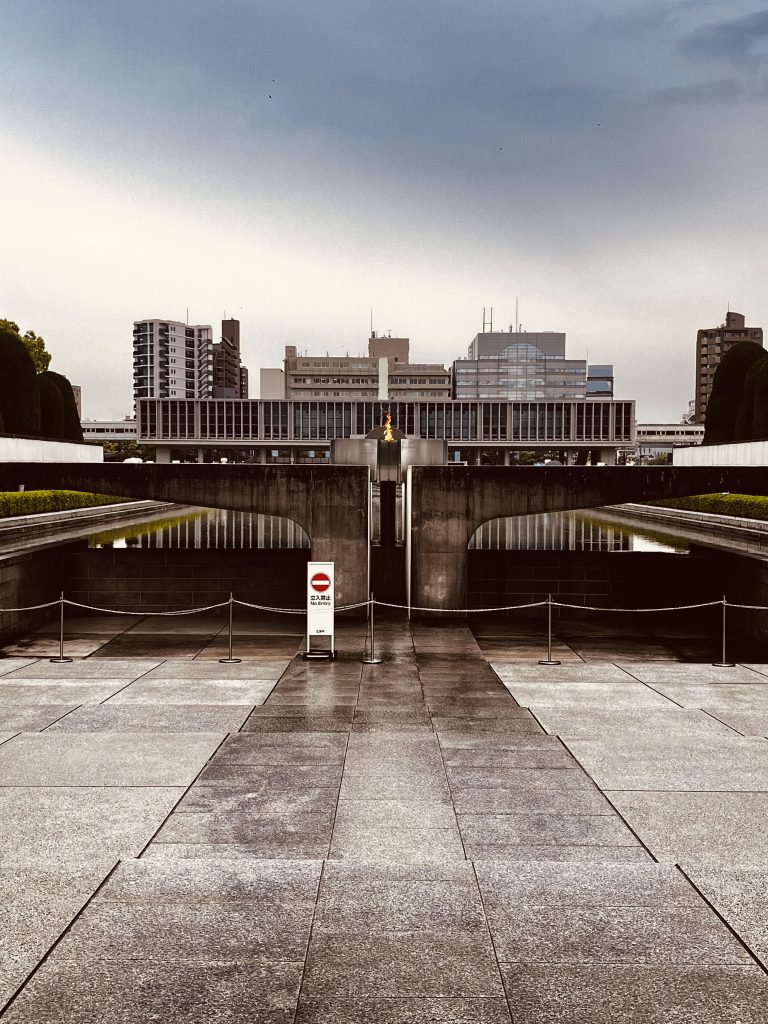

Decades later, Hiroshima has rebuilt itself, not just structurally, but mentally. The city continually advocates for the abolition of nuclear weapons and the mayor of Hiroshima is the President of Mayors for Peace, an international organisation with over 8000 member cities. Their mission is to create and live in a nuclear-free world. Here’s wishing that this becomes a reality in my lifetime.
